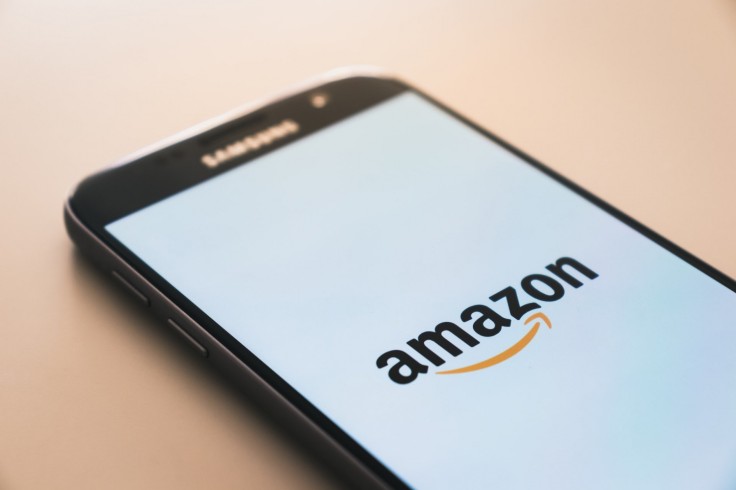
When you're buying something off of Amazon for the first time, more likely than not, you're going to go ahead and check the reviews first to see if you'll get your money's worth--if not more. A high enough rating should be a good indicator of a good product. But what if fake reviews are skewing the ratings?
Amazon Reviews Fake or Not?
Why do fake reviews exist? In the age of e-commerce, The Conversation said most people rate consumer reviews just as highly as the opinion of friends and families. That is to say, reviews made by strangers influence our buying decisions, too.
However, quite a few people in a study also admitted they might have fallen for a fake review online before. They also say that they might not be so confident in telling fake reviews apart from legitimate ones.
Third-party Amazon vendors know how crucial reviews are in the decision-making and purchasing process and would want to "entice" you to choose their product. Some might even employ the help of fake reviews to bump up their online market standing, but this can come at a cost for the consumer if the product turns out shoddy.
This was the case earlier this year when the UK consumer group "Which?" discovered a large industry making money by manipulating reviews on Amazon's workplace, CNN reported.
British regulators are investigating whether Amazon and Google have broken consumer protection law by not doing enough to protect shoppers from fake product reviews https://t.co/yH7jMGXc0f
— NewsWatch Plus PH (@newswatchplusph) June 26, 2021
One company was able to sell individual reviews for $18 (or in bulk packages starting at $863 for 50 reviews) to skew the public's perception into thinking one brand or product was great or greater than it seems.
Amazon and Google are now under investigation by British regulators. This is to pressure the tech giants to do more in protecting the consumer from fake reviews, misleading online shoppers, and having them spend their money based on those recommendations.
An Amazon spokesperson did say the company devotes "significant" resources to prevent fake or incentivized reviews from popping up on their website. The company said 200 million suspected fake reviews were prevented last year, and anyone violating the company's policies has their content removed or possibly even disabling user accounts.
5 Ways to Spot Fake Reviews on Amazon
When reading reviews, it would be great to hope that all the positive sentiments are truly from very satisfied customers; however, it is best to approach these reviews with a grain of salt, especially if they seem extremely positive.
5. Check the length of the review
The Conversation noted that fake reviews may be shorter than others.
4. How is the review written?
The review could be poorly written, contain grammatical errors, or is hard to read overall.
3. Check the content of the review
These fake reviews tend to focus on describing product attributes and features, having less subjective and anecdotal details. They don't provide context for the rating or plug competitor products for comparison, PCMag added.
2. Check the reviewer's profile
If the reviewer's profile is new or the account is unverified with little to no details or history of other reviews, this is a red flag. They wouldn't have been able to gain a few "helpful" votes from other customers either.
1. Look for the "Verified Purchase" label
This is Amazon's way to combat fake reviews by counterchecking if the reviewer has purchased the product or not. But this does not consider schemes where reviewers are compensated for legitimate purchases, PCMag warned.
Read also: Tom Cruise Deepfake Videos Can Be a Security Threat: TikTok Tom Dubbed a 'Terror' [Report]
Tools to Help You Spot Fake Reviews
Here are a few tools to help you spot fake reviews as well.
1. Fakespot
This website rates how reliable product pages are on several online retail websites like Amazon, Best Buy, eBay, Sephora, and Walmart. Simply copy the URL of the page you're viewing and paste it into the Fakespot Analyzer to proceed with the investigation.
It also filters out the deemed fake reviews to offer a more reliable product rating, PCMag said.
The website also comes in a Chrome extension, and it's also available as an app on iOS and Android.
2. ReviewMeta
ReviewMeta also works like Fakespot in that you paste an Amazon URL into its search bar. The website will eliminate reviews it considers unreliable and adjusts the aggregate rating of the product to one that only considers legitimate reviews.
You also get detailed breakdowns of the factors contributing to the adjusted rating. Moreover, you get ReviewMeta's grading of "Pass," "Fail," or "Warn."
The limitation to this is that it can only process the first 10,000 reviews because Amazon does hide additional reviews from view.
The browser extension is available on Chrome, Firefox, and Edge that gives the grades. You can also download the app available on iOS and Android devices.
This website focuses on aggregating tech product ratings on Amazon and can determine if a product's score has been boosted by fake reviews.
You simply have to paste the URL into the site and it runs a test to ensure that the reviews are authentic, PCMag explained.
The Chrome and Firefox extensions also make the process a lot easier.
If you do come across a review that you believe is fake, you can click "Report abuse" under the review to submit the review for investigation and possible removal.









